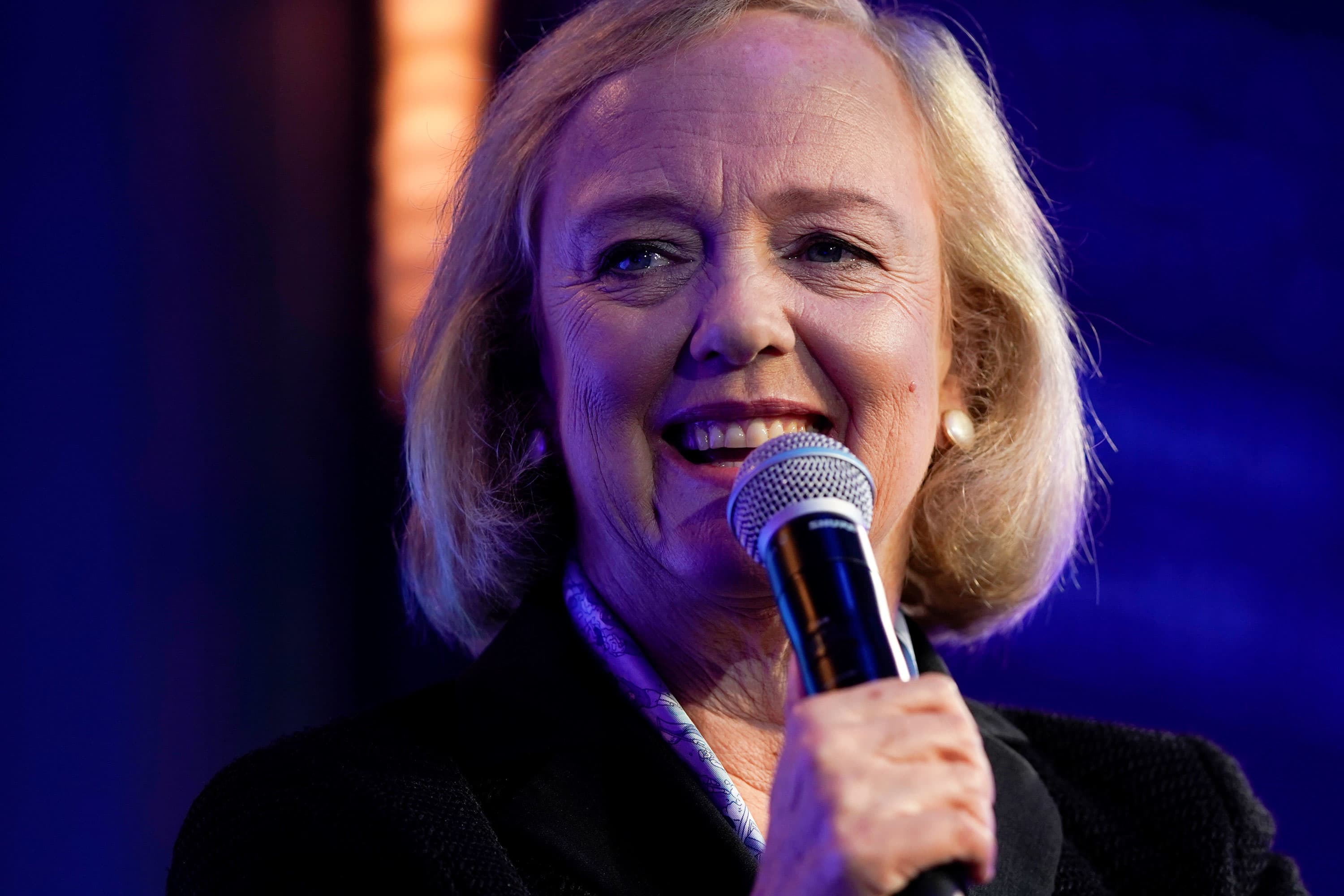With just a few days left in the holiday shopping season, reports from retailers suggesting strong sales are prompting analysts and investors to declare that “the American consumer is back.”
Make that "some consumers." With unemployment stuck near 10 percent, home prices falling and foreclosures still rising, holiday shopping this year has brought into sharper focus the divide between upper- and lower-income American households.
“It’s very much a tale of two worlds,” said Bernstein Research retail analyst Colin McGranahan. “There’s a big dichotomy between the well-educated, upper-income consumers — what the employment trends looks like, what the wage trends looks like — and the lower-income, less well-educated consumer. It’s a very different picture.”
The split mood among holiday shoppers is heavily tied to their employment outlook: Those at the upper end of the income ladder are feeling much better about their job prospects and income security than those at the bottom.
“Our income has held up, so we haven’t had to cut back,” said Robert Prezioso of Long Valley, N.J., who was shopping in Manhattan. He added that his holiday shopping list includes clothes for his daughter who is away at college.
Among shoppers with a college education, for example, the unemployment rate is about 5 percent; for those without a high school diploma, it’s 16 percent. Wages for upper-income consumers are rising; for those at the bottom, they’re falling. The average bonus on Wall Street could top last year's level — both because profits are up and because there are fewers bankers and brokers left with jobs to split the bonus pot.
That gap is showing up in the bottom lines of American retailers, some of which generate as much as half their annual profits from the holiday season. Though retail sales are expected to show healthy gains of 4 to 5 percent this year, retailers who cater to households at the bottom of the economic ladder are seeing very different results as their customers struggle to make ends meet.
Business
Global discounter Wal-Mart posted lower revenue at its U.S. stores in the third quarter as fewer customers turned out, and those who did spent less. (Overall profits were higher, the company said, thanks to cost-cutting and booming sales overseas.)
A weaker dollar is also helping to boost shopping traffic from overseas tourists coming to the U.S.
“We’re spending more this year than last year,” said Sebastian Zop, a finance manager for a German health care company, on a recent shopping trip to Manhattan. “We have less concern this year about losing our jobs.”
In the U.S., discount shoppers "are focusing on necessities and being practical in how they're spending their money," Tom Schoewe, Wal-Mart's chief financial officer, told a conference call last month.
Luxury retailers
Luxury retailers, on the other hand, are having their best year since the bottom fell out of the financial markets in 2008.
“The market for the luxury sector is holding up quite nicely,” said Saks Fifth Avenue CEO Steve Sadove. “We’re seeing very solid growth, and we're seeing good full-price selling. So the consumer is feeling very good at the high end. That’s tied to how they feel about their net worth, and that’s tied to the stock market.”
Wealthier consumers with stock market investments have good reason to feel like spending this holiday season. In the third quarter, household net worth bulged by $1.2 trillion, according to recent data from the Federal Reserve. The gain was largely due to a $1.9 trillion rise in the value of financial assets as the stock market staged a major rally off its summer lows.
Free-spending, high-end consumers are also helping fatten the bottom lines of stores specializing in luxury brands. While households at the bottom of the ladder on tight budgets are squeezing every dollar by looking for the most aggressive mark-downs, high-end shoppers are apparently more inclined to pay full price.
“The more high-end you go, the less promotional it’s been,” said McGranahan. “The real high-end guys — the Burberrys of the world — they don’t have any inventory. Business has been so good, they’ve actually had to shut down some of the stores some days because they didn’t have anything left to sell.”
Online retailers are also reporting strong demand. Overall sales are up 12 percent over last year to more than $17.5 billion so far this year, according to figures released this week by research firm comScore. The gain is coming from the number of people shopping online and the amount they’re are willing to spend, according to Susan Lyne CEO of Gilt Groupe, an online store that specializes in luxury brands.
“There’s a lot of demand out there,” she said. "We've had a few instances where our demand outstripped the goods we had.”
Traffic at shopping centers has also rebounded strongly from last year, especially among those malls with stores catering to wealthier shoppers.
“The high end is definitely stronger,” said William Taubman, COO of Taubman Centers, which owns and manages shopping centers across the U.S. “It all goes with the Dow as far as I'm concerned, because housing prices are less important to the upscale consumer.”
The miserable housing market is another big reason lower-income consumers aren’t in a spending mood. Households with little or no investment in stocks and bonds are getting squeezed by falling housing prices, eliminating what little equity they may have left in their homes. The falling value of real estate took a $700 billion bite out of household wealth in the third quarter, according to Fed data.
The sharp divide between upper- and lower-income households may help explain why overall consumer spending is up — despite multiple surveys reporting weakness in consumer confidence. With wealth concentrated in relatively few hands, upper-income shoppers are boosting the overall spending data – even as the “average” consumer is still hunkered down, said McGranahan.
“The U.S consumer is still depressed,” he said. “The level of consumer confidence is up, but it’s still as low as it’s been during the worst recessions we’ve had since the1950s.”



